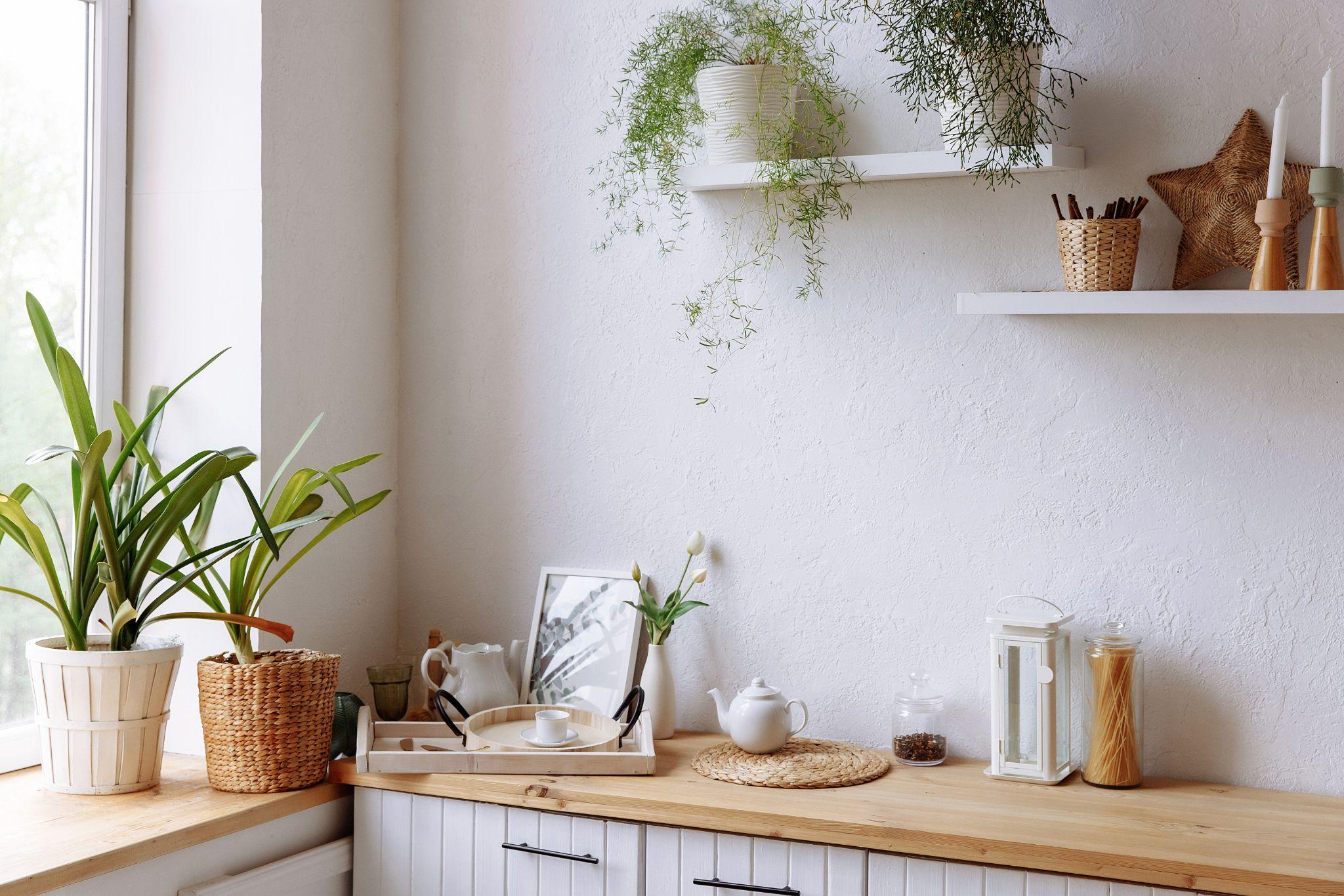Moving homes can be a stressful experience, not just for you but also for your leafy companions.
House plants, like pets, require special attention and care during relocation. Whether you’re moving across the city or to a different state, ensuring your plants make the journey safely is crucial.
Below, we’ll guide you through the best practices for moving with your plants. From understanding their unique needs to post-move care, we’ve got you covered. Let’s make your green move as smooth and stress-free as possible!
Understanding Your Plants’ Needs
Every plant is unique, with its own set of requirements and sensitivities. Before you start packing, take some time to understand the specific needs of each of your plants.
For instance, succulents are hardy and can withstand a bit of neglect, whereas tropical plants might need more consistent care and attention.
Consider factors like water, light, and temperature requirements. This step is crucial, as it helps you plan better for the move and minimizes the risk of your plants getting stressed or damaged during the transition.
Pre-Move Preparation
Preparation is key when moving with plants. About two to three weeks before the move, start by pruning your plants. Removing dead leaves and branches not only makes the plants easier to transport but also encourages healthy growth.
If your plants are in heavy ceramic pots, consider transferring them to lighter plastic pots. This reduces the risk of breakage and makes them easier to carry.
Last, check your plants for pests and treat them if necessary. The last thing you want is to bring pests into your new home or spread them to other plants during the move.
Packing Plants for the Move
Master the art of safely packing your plants with these straightforward steps, ensuring they stay secure and healthy during your big move.
- Choose the Right Containers: If you haven’t already, transfer plants from heavy pots to lighter ones. Make sure the containers have proper drainage.
- Secure the Soil: To prevent soil spillage, cover the top of the soil with plastic wrap, securing it around the base of the plant.
- Wrap Delicate Plants: Use old bed sheets or tissue paper to gently wrap around delicate or protruding parts of the plant.
- Stabilize the Plants: Place each pot in a box that fits snugly around it. Fill gaps with packing material like bubble wrap or packing peanuts for added stability.
- Label the Boxes: Clearly mark the sides of the boxes containing plants as “Fragile – Live Plants” and indicate which side should be up.
- Avoid Overcrowding: Do not cram too many plants into one box. Ensure each plant has enough space to avoid damage.
Transporting Your Plants
On the moving day, the backseat of your car is often the best spot for your plants. This allows you to control the environment, keeping the temperature stable and avoiding excess jostling.
If a moving truck is your only option, pack your plants last so they can be unloaded first.
Throughout the journey, try to maintain a consistent temperature and avoid leaving your plants in a parked car for too long, as extreme temperatures can be harmful.
Special Considerations for Long-Distance Moves
Long-distance moves present additional challenges. Be aware of department of agriculture laws and regulations regarding plants in your new location, especially if moving interstate or internationally. Some regions have restrictions on certain plant species to prevent the spread of pests and diseases.
Plan for longer transport times by watering your plants appropriately and considering how changes in climate and environment might affect them.
Settling Plants in a New Home

Upon arrival, prioritize finding a spot for your plants in your new home. Choose locations that meet their light and temperature needs. Give them some time to acclimatize to the new environment. Keep an eye out for signs of stress, such as leaf drop or wilting, and adjust care as needed. Remember, it’s normal for plants to take a while to adapt to a new setting.
What if Your Plant Doesn’t Make It?
Despite your best efforts, some plants might not survive the move. If this happens, don’t be too hard on yourself. Focus on reviving what you can, trimming dead parts and providing extra care. Sometimes, a little TLC can bring a stressed plant back to life. If it’s too late, consider this an opportunity to explore new plant varieties for your new home.
Make Your Move Effortless with Samba Moving
Moving with plants doesn’t have to be a daunting task. With the right preparation and care, you can ensure that your green friends arrive safely at your new home.
For an even smoother moving experience, consider Samba Moving, your key to a stress-free relocation. Specializing in both local NYC moving services and long-distance relocations, we’re here to handle all the heavy lifting, plants included.
Trust us to make your next move as serene and seamless as it should be. Reach out to Samba Moving today, and take the first step toward a worry-free moving journey!

